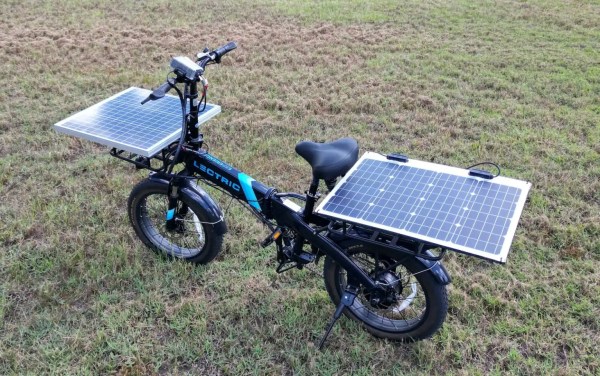Typically, skateboards and longboards are made out of many laminated layers of wood. This gives them a pleasing flex that produces a comfortable ride. However, it’s not the only way to do things. [DesignCo] went for an unconventional design, using a large slice out of a tree instead.
The benefit of using a section of tree trunk for a board is that it has a very attractive look with all the rings visible. To turn it into a board, it was first roughly cut to shape, before being planed down to a uniform thickness. Further shaping was then achieved with the use of a flap wheel on an angle grinder. The wood was finished with several coats of tung oil before being given a final seal with matte lacquer. A solid steel tail was then prepared to match, shaped with an nice curve and with two bolts screwed in. These bolts were then epoxied into the board, joining the two, and trucks installed underneath.
The final build looks stunning, and is ride-able too. It’s likely a little slipperier than a board with grip tape, and it probably wouldn’t handle bumps as well as a traditional design. Long boards are rarely about performance anyway, though, and this board looks like great fun to get around on.
We’ve seen non-traditional longboards before, too. Video after the break.
Continue reading “Unconventional Longboard Built From Single Slice Of Tree”



















